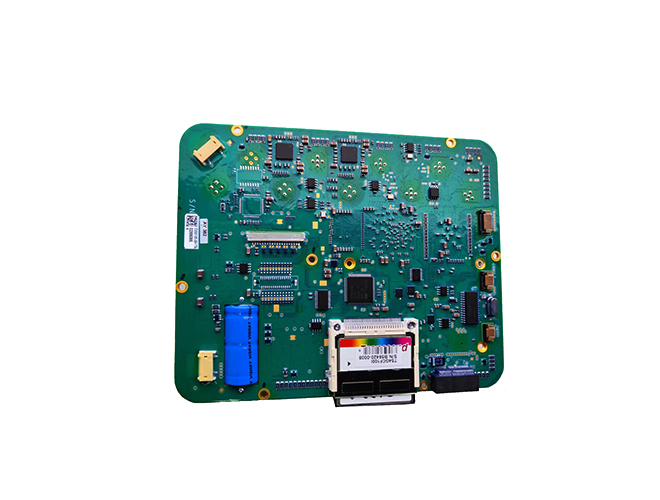-
CN
-
Service Hotline
+8618129931046 Mr. Liao


Time:2025-10-24 Views:1

MEMS (Micro - Electro - Mechanical Systems) sensor adapted PCB boards serve as the essential interface and support system for MEMS sensors, which have revolutionized the electronics industry with their miniature size, low power consumption, and high - sensitivity capabilities. These specialized PCB boards are meticulously designed to meet the unique operational requirements of MEMS sensors, ensuring their reliable performance across a diverse range of applications, from automotive and consumer electronics to healthcare and industrial monitoring.
Power management stands as a cornerstone in the design of MEMS sensor adapted PCB boards. MEMS sensors typically operate at low voltage levels, often ranging from 1.8V to 3.3V, and demand strict power - consumption control to extend the battery life of the devices they are integrated into. To address this, the PCB boards are equipped with highly efficient voltage - regulation circuits. These circuits convert the input power from various sources, such as batteries or power adapters, into stable and precise voltage levels suitable for the MEMS sensors. Advanced power - management features, including power - on reset mechanisms, sleep - mode control, and dynamic power - saving algorithms, are incorporated. For example, in battery - powered wearable devices, the sleep - mode control can put the MEMS sensor into a low - power state when not in active use, significantly reducing power consumption and conserving battery energy.
Signal processing is another critical aspect of MEMS sensor adapted PCB boards. MEMS sensors can generate a variety of output signals, including analog, digital, or a combination of both. For analog - output MEMS sensors, the PCB boards are integrated with high - precision analog - to - digital conversion (ADC) circuits. These ADCs are engineered with high resolution, often 12 - bit or 16 - bit, to accurately capture the minute changes in the sensor signals. Digital - output MEMS sensors, on the other hand, require signal - conditioning circuits to ensure proper signal levels and compatibility with the connected digital systems. Filtering circuits are also an integral part of the signal - processing chain. Given that MEMS sensors are highly sensitive to electrical interference, especially in complex electromagnetic environments, low - pass, high - pass, and band - pass filters are used to remove unwanted noise and enhance the signal - to - noise ratio, ensuring the integrity of the sensor data.
Communication interfaces on MEMS sensor adapted PCB boards play a vital role in enabling seamless data transfer. To support diverse application scenarios, these boards are designed to be compatible with various communication protocols. Serial Peripheral Interface (SPI), Inter - Integrated Circuit (I²C), and Universal Asynchronous Receiver - Transmitter (UART) are commonly used for short - range, high - speed data communication within the device. For wireless data transmission, protocols like Bluetooth Low Energy (BLE), Wi - Fi, and ZigBee are integrated, allowing the MEMS sensor data to be transmitted to smartphones, tablets, or cloud - based platforms for analysis and monitoring. The design of these communication interfaces carefully considers factors such as data - transfer rate, signal integrity, and power consumption to ensure reliable and efficient communication.
The mechanical design of MEMS sensor adapted PCB boards is optimized to accommodate the small size and delicate nature of MEMS sensors. These boards often feature a compact and lightweight form factor, with a layout that maximizes component density while minimizing the overall footprint. Surface - mount technology (SMT) is extensively utilized to place tiny components with precision. Special attention is paid to the mounting and packaging of the MEMS sensor on the PCB. Techniques such as wire - bonding, flip - chip bonding, and conductive adhesives are employed to ensure a secure and reliable connection between the sensor and the PCB. Additionally, the PCB boards may incorporate flexible circuit elements or connectors in applications where flexibility and conformability are required, enabling seamless integration into complex mechanical systems.